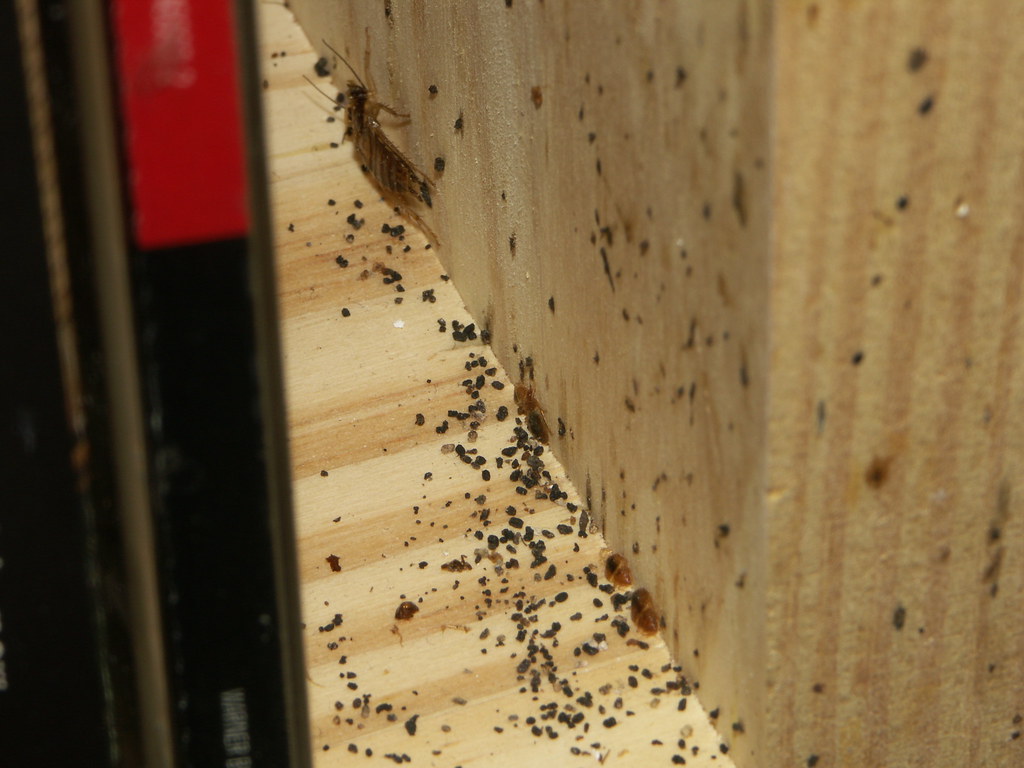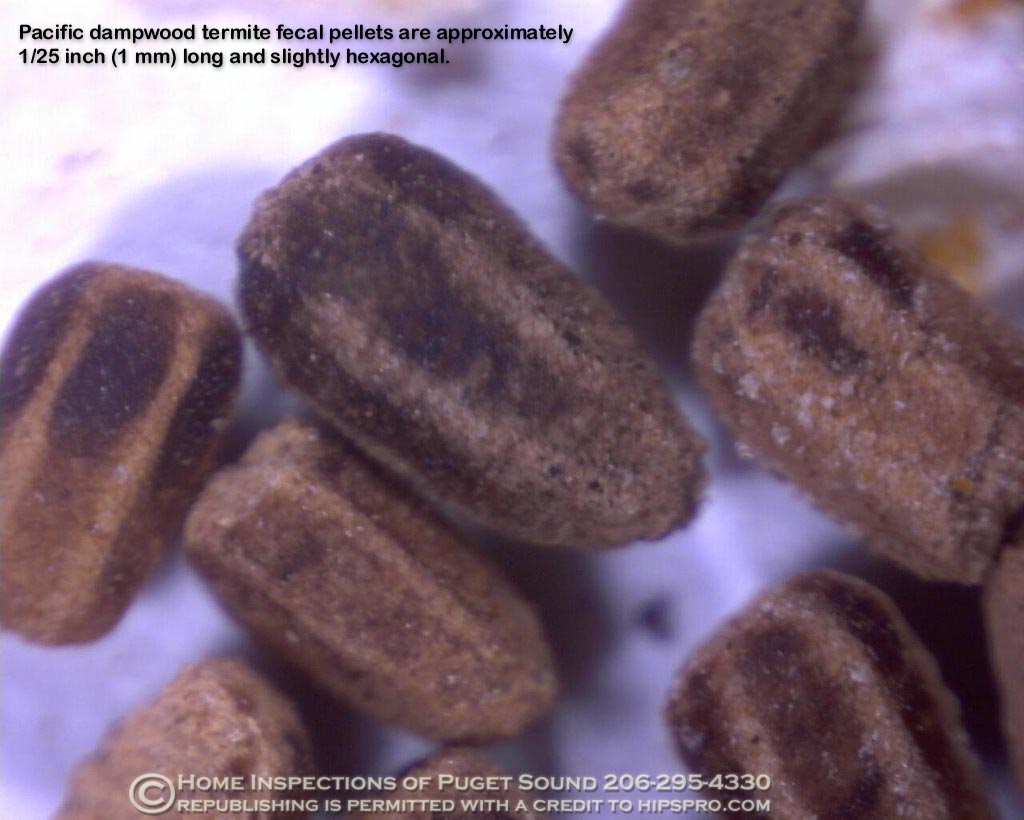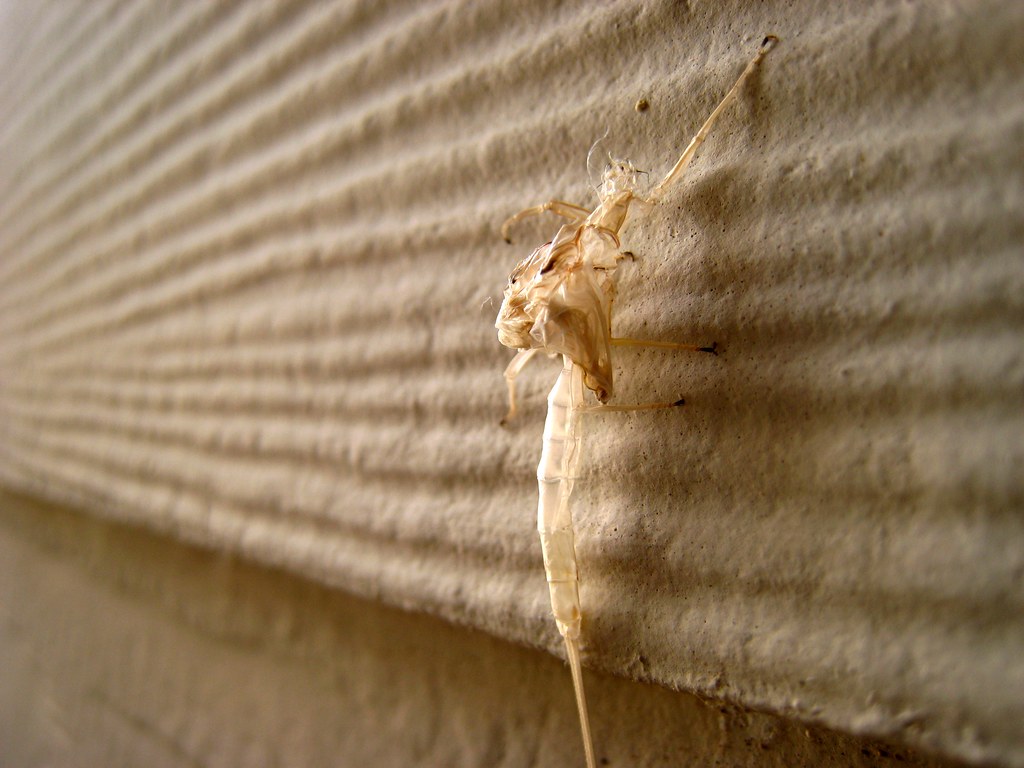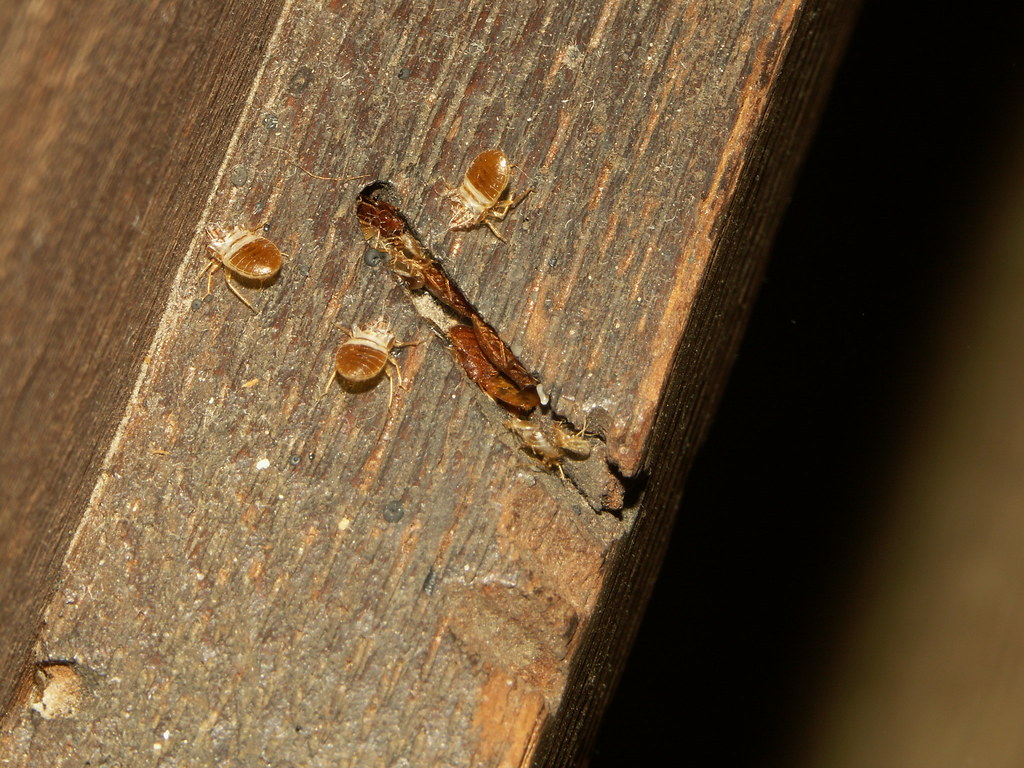That single cockroach you spotted scurrying across your kitchen floor last week wasn’t just a lost traveler looking for directions. While your first instinct might be to grab a shoe and call it a day, that lone roach is actually nature’s way of sending you a very clear message. Most homeowners make the critical mistake of thinking one bug equals one problem, but the reality is far more complex and potentially alarming.
The truth is, insects are incredibly social creatures with sophisticated communication systems that would make even the most advanced tech companies jealous. When you see one, there’s almost always an entire community living just out of sight, thriving in the dark corners and hidden spaces of your home. Understanding the warning signs of a larger infestation can mean the difference between a minor inconvenience and a full-blown invasion that could cost thousands to resolve.
The Mathematics of Hidden Populations

The numbers behind insect infestations are genuinely staggering and would shock most people. For every single cockroach you actually see, experts estimate there are potentially dozens more hiding in your walls, cabinets, and other concealed areas. These creatures are masters of stealth, emerging only when absolutely necessary or when their populations have grown so large that competition for resources forces them into the open.
This mathematical reality stems from basic survival instincts that have kept insects thriving for millions of years. Most species prefer to remain hidden during daylight hours, only venturing out under the cover of darkness when they feel safer from predators. The fact that you’re seeing them at all typically means their numbers have reached a tipping point where overcrowding is pushing them into visible areas they would normally avoid.
Mysterious Droppings and Strange Residue

One of the most reliable indicators of an insect problem lies in the small, dark specks that start appearing in unexpected places throughout your home. These tiny droppings might look like nothing more than scattered pepper or coffee grounds, but they’re actually evidence of a thriving insect community that’s been quietly establishing itself in your living space. Different species leave distinctly different types of waste, and learning to identify these signs can help you understand exactly what you’re dealing with.
Cockroach droppings, for instance, resemble small black pellets or smears that tend to accumulate in corners, behind appliances, and along baseboards. Ant colonies leave behind different patterns entirely, often creating small piles of debris near their entry points. Even more concerning are the oily residues and brown stains that certain insects leave behind as they travel their regular routes through your home.
The location of these droppings tells an important story about insect behavior and population density. When you start finding evidence in multiple rooms or on different floors of your home, it’s a clear sign that the problem has moved beyond a simple isolated incident into something much more serious.
Unusual Sounds in the Walls
Your home shouldn’t be making mysterious scratching, tapping, or rustling sounds, especially during the quiet hours of the night when these noises become most apparent. These subtle audio clues often represent the first warning signs that insects have established colonies within your walls, ceiling spaces, or basement areas. The sounds might be so faint that you initially dismiss them as house settling or wind, but persistent noises in the same locations night after night deserve serious attention.
Termites create distinctive clicking sounds as they chew through wood, while carpenter ants produce soft rustling noises as they excavate their tunnels. Some homeowners describe hearing what sounds like rice being poured or light tapping that seems to move through the walls. These sounds typically intensify during warmer months when insect activity reaches its peak levels.
The timing of these sounds provides crucial information about the severity of your situation. Insects that feel comfortable enough to be active during daylight hours usually indicate established populations that have grown beyond their normal hiding capacity. Night sounds, while more common, can still signal significant problems if they’re persistent and widespread throughout your home.
Damage to Fabrics and Materials
The discovery of small holes in clothing, upholstery, or stored items often catches homeowners completely off guard, but these signs point toward specific types of insect infestations that can cause extensive property damage. Carpet beetles, clothes moths, and other fabric-eating insects don’t just cause cosmetic problems – they can destroy valuable belongings and create ongoing maintenance nightmares if left unchecked.
These insects prefer natural fibers like wool, silk, and cotton, but they’re not particularly picky when populations grow large enough. You might notice irregular holes in sweaters, mysterious damage to curtains, or unexplained wear patterns on carpets and rugs. The damage often appears in areas that don’t see regular use, such as storage closets, basements, or guest rooms where items sit undisturbed for long periods.
Wood-boring insects present an entirely different category of concern, creating structural damage that can compromise the integrity of your home. Small piles of sawdust, perfectly round holes in wooden furniture or beams, and weakened structural elements all point toward active infestations that require immediate professional intervention.
Strange Smells and Odors
Insect infestations often announce themselves through distinctive smells that most people don’t immediately associate with pest problems. These odors can range from musty and sweet to sharp and acrid, depending on the species involved and the size of the population. Many insects produce pheromones and other chemical signals that create noticeable scents when colonies reach significant sizes.
Cockroach infestations typically produce a distinctly oily, musty smell that grows stronger over time and becomes particularly noticeable in enclosed spaces like cabinets and pantries. Ant colonies can create sweet, almost syrupy odors, while certain beetle species produce smells that homeowners often describe as similar to old socks or stale coffee. These scents tend to be most pronounced in areas where insects congregate, such as behind appliances, in storage areas, or near food sources.
The persistence of these odors is what makes them particularly concerning as warning signs. Unlike temporary smells that dissipate quickly, insect-related odors tend to linger and intensify over time as populations grow and waste accumulates in hidden areas throughout your home.
Increased Sightings During Daylight Hours

When insects start appearing during daylight hours, it’s equivalent to seeing the tip of an iceberg – there’s always much more happening beneath the surface than meets the eye. Most insects are naturally nocturnal creatures that prefer to remain hidden during the day, so daytime sightings typically indicate that populations have grown large enough to force some individuals out of their preferred hiding spots.
This behavior change usually occurs when competition for food and shelter becomes intense enough to override their natural instincts for concealment. You might notice insects moving more boldly across countertops, appearing in multiple rooms simultaneously, or seeming less afraid of human presence than they normally would be. These behavioral shifts represent clear escalation in the severity of your infestation.
The locations where you spot insects during daylight hours also provide important clues about the extent of the problem. Sightings in bathrooms, kitchens, and other high-moisture areas often indicate established breeding populations, while appearances in bedrooms and living areas suggest that insects have spread throughout your home’s infrastructure.
Shed Skins and Molting Evidence

The discovery of translucent, empty shells scattered around your home might seem like something from a science fiction movie, but these shed skins represent concrete evidence of growing insect populations. Many insects molt multiple times during their life cycles, leaving behind perfect replicas of their former selves as they grow larger and develop into adults. Finding these molted skins means you’re dealing with insects that are actively growing and reproducing in your living space.
Cockroach molts are particularly distinctive, resembling clear, brownish shells that retain the exact shape of the insect but appear hollow and lightweight. These skins often accumulate in areas where insects feel safe to undergo their vulnerable molting process, such as behind furniture, in storage areas, or within wall cavities. The number of molts you find can help indicate the approximate size of the population you’re dealing with.
Different insect species shed their skins in characteristic patterns and locations. Some prefer to molt in groups, creating clusters of shed skins in protected areas, while others scatter their molts throughout their territory. The freshness of these skins also provides clues about how recently the molting occurred and whether the population is actively growing or has stabilized.
Unexplained Bites and Skin Irritation

Waking up with mysterious bites or experiencing unexplained skin irritation can be one of the most distressing signs of an insect problem, particularly because these symptoms often appear before you’ve actually seen any insects. Different species create distinctly different bite patterns and reactions, making it possible to identify potential culprits based on the type and location of marks on your skin.
Bed bug bites typically appear in lines or clusters, often on exposed skin areas like arms, legs, and neck, and tend to be more noticeable in the morning. Flea bites usually concentrate around ankles and lower legs, creating small, intensely itchy red bumps that can persist for several days. Other insects may cause more general skin irritation or allergic reactions without leaving obvious bite marks.
The timing and pattern of these skin reactions can provide crucial information about insect activity levels in your home. Reactions that occur consistently in specific rooms or during certain times of day often indicate established populations that have learned your daily routines and feeding patterns.
Food Contamination and Packaging Damage

Discovering small holes in food packaging or finding insects inside supposedly sealed containers represents one of the most immediate health concerns associated with insect infestations. Many insects are remarkably skilled at accessing food sources, using their powerful mandibles to chew through cardboard, plastic, and even thin metal packaging. This ability allows them to contaminate food supplies while remaining largely undetected until populations grow large enough to cause visible damage.
Pantry moths, flour beetles, and other stored-product insects can infest grain products, cereals, and dried goods, creating webbing, larvae, and other contamination that makes food unsafe for consumption. These insects often arrive in your home through already-infested products purchased from stores, then spread throughout your pantry and food storage areas. The presence of adult insects flying around your kitchen or larvae crawling in food containers indicates established breeding populations that require immediate attention.
The economic impact of food contamination extends far beyond simply replacing damaged items. Once insects establish themselves in food storage areas, they can quickly spread to other products, potentially requiring you to discard large quantities of stored food and thoroughly clean and treat affected areas.
Unusual Plant Damage and Wilting
Indoor plants can serve as early warning systems for insect problems, often showing signs of distress before insects become visible elsewhere in your home. Many insects that infest homes also feed on houseplants, creating distinctive damage patterns that can help identify both the presence and type of insects you’re dealing with. Yellowing leaves, sticky residues, small holes, or wilting plants that don’t respond to normal care might indicate insect activity rather than typical plant health issues.
Aphids, spider mites, and scale insects are particularly common indoor plant pests that can quickly spread from plants to other areas of your home. These insects often produce visible signs of their presence, such as webbing, sticky honeydew, or small moving dots on leaf surfaces. The damage they cause to plants can range from minor cosmetic issues to complete plant death if infestations are left untreated.
The location and type of plant damage can provide important clues about insect behavior and population dynamics. Insects that affect multiple plants simultaneously usually indicate established populations, while damage to plants in different rooms suggests that insects are actively moving throughout your home.
Electrical Issues and Equipment Malfunctions

Some of the most unexpected signs of insect problems involve electrical systems and electronic equipment malfunctions that seem completely unrelated to pest issues. Certain insects are attracted to the warmth generated by electrical components and can cause serious damage by building nests in outlets, junction boxes, or inside electronic devices. This attraction to electrical systems can create fire hazards and expensive repair bills if not addressed promptly.
Ants are particularly notorious for causing electrical problems, as they’re attracted to the electromagnetic fields generated by electrical equipment. They can short-circuit systems by creating bridges between electrical contacts, and their bodies can cause equipment malfunctions when they die inside sensitive electronic components. Some homeowners report mysterious power outages, flickering lights, or electronic devices that suddenly stop working properly.
The correlation between insect activity and electrical problems often goes unrecognized until professional inspection reveals the true cause. These issues tend to escalate quickly once insects establish themselves in electrical systems, as the warm, protected environment provides ideal conditions for colony growth and reproduction.
Structural Changes and Building Damage

Long-term insect infestations can cause subtle but significant changes to your home’s structure that might not be immediately obvious to casual observation. Termites, carpenter ants, and other wood-boring insects can compromise the integrity of wooden structures over time, creating hollow areas, weakened support beams, and other damage that affects your home’s stability and value.
The signs of structural damage often develop gradually, making them easy to overlook until problems become severe. You might notice that doors and windows no longer close properly, floors feel spongy or unstable, or walls show signs of sagging or cracking. These changes could indicate that insects have been actively feeding on structural elements for extended periods.
Professional inspection is often necessary to accurately assess the extent of structural damage caused by insect activity. The cost of repairs can be substantial, particularly if damage goes undetected for long periods, making early detection and intervention crucial for protecting your property investment.
Seasonal Pattern Changes

Understanding the seasonal rhythms of insect activity can help you recognize when normal fluctuations cross the line into serious infestation territory. Most insects follow predictable seasonal patterns, with activity typically increasing during warmer months and decreasing during colder periods. However, established indoor populations often maintain consistent activity levels throughout the year, creating patterns that differ significantly from typical seasonal expectations.
Insects that remain active during winter months or show unusual activity spikes during typically quiet periods often indicate indoor breeding populations that have become independent of outside seasonal influences. These year-round populations represent more serious problems than seasonal invaders, as they suggest that insects have found suitable conditions for continuous reproduction within your home.
The timing of insect sightings, damage discoveries, and other warning signs can help determine whether you’re dealing with temporary seasonal visitors or established residential populations. Consistent activity patterns throughout different seasons typically indicate more serious infestations that require professional intervention.
Conclusion

The warning signs of a serious insect problem extend far beyond that single cockroach you hoped was just a fluke. From mysterious droppings and unusual sounds to structural damage and electrical malfunctions, these indicators paint a comprehensive picture of how insects can infiltrate and impact every aspect of your home environment. Recognizing these signs early gives you the best chance of addressing problems before they escalate into costly, disruptive infestations that can affect your health, property, and peace of mind.
The key to successful insect management lies in understanding that visible insects represent only a small fraction of the actual population living in your home. By learning to recognize the subtle signs of insect activity and taking them seriously, you can protect your home from the extensive damage and health risks associated with established infestations. Professional pest control services can provide the expertise and tools necessary to address serious problems effectively, but early detection remains your most powerful weapon against insect invasions.
What signs have you been unknowingly ignoring in your own home?
